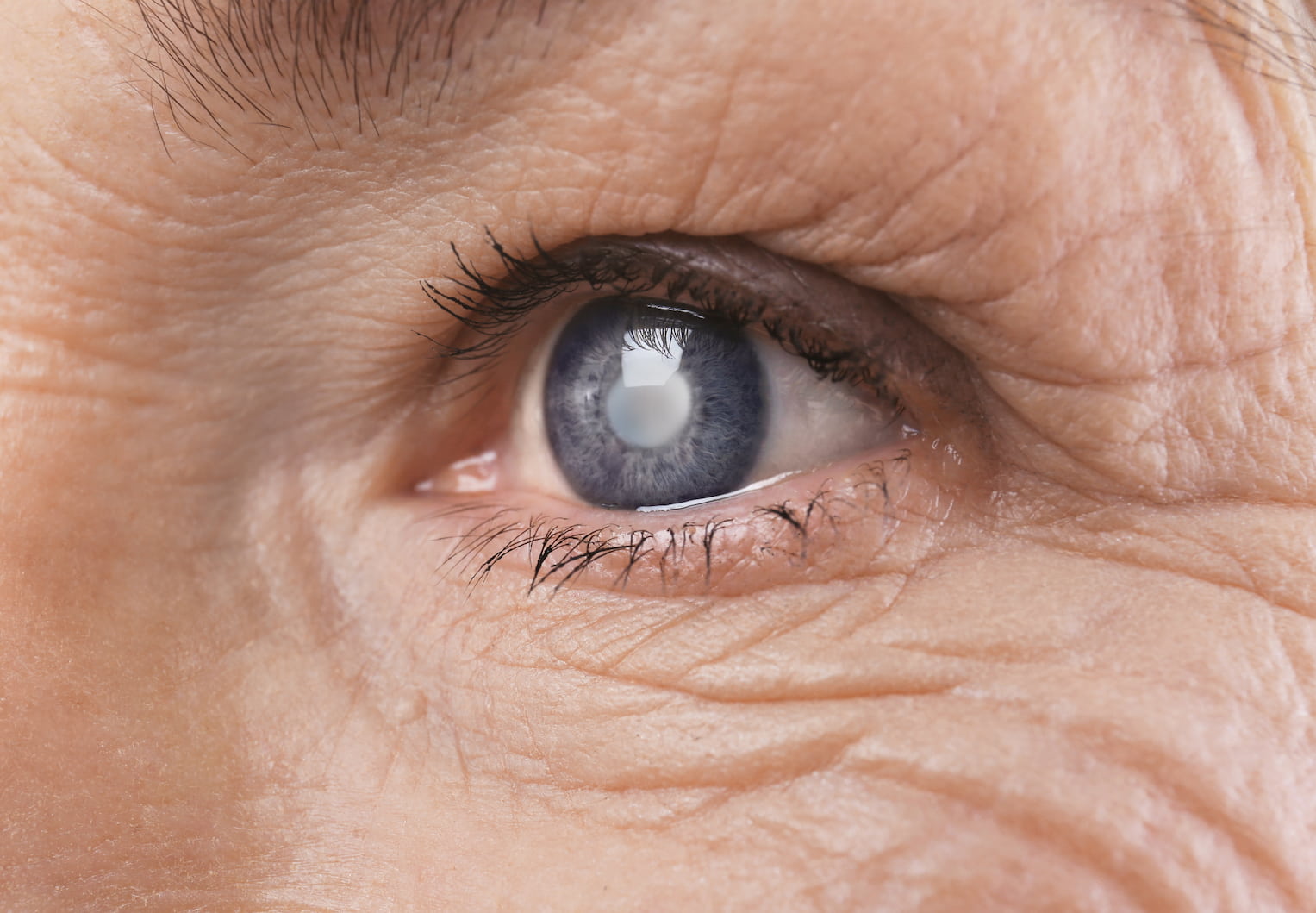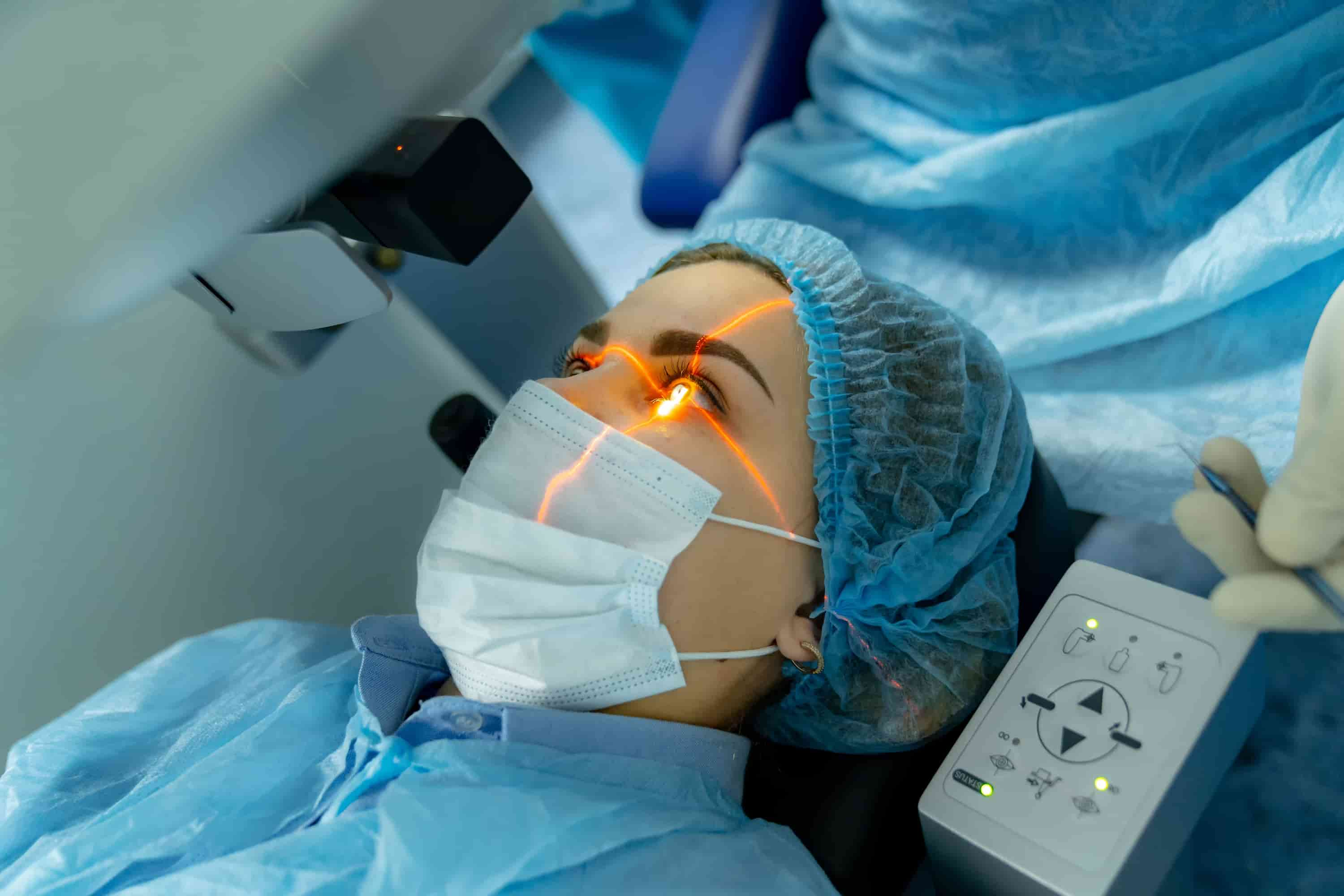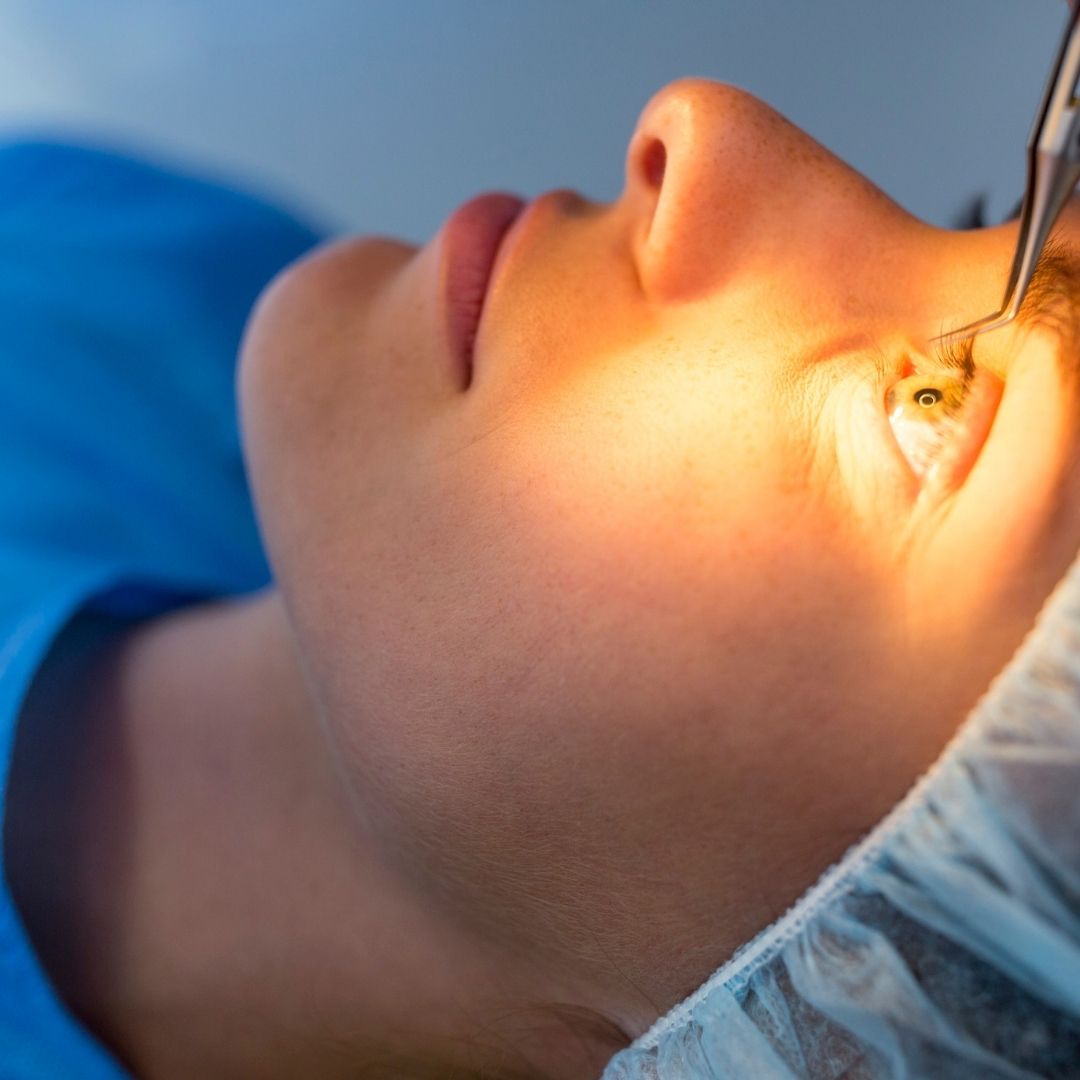
The Art of Ocular Prosthesis Design
Ocular prostheses, also known as artificial eyes or eye prostheses, are custom-made devices designed to replace a missing or damaged eye. While the primary purpose of these devices is to restore the physical appearance of the eye, a well-designed ocular prosthesis can also improve a person’s quality of life by boosting their self-confidence and helping them feel more comfortable in social situations. Creating a natural-looking ocular prosthesis requires a combination of technical skill, artistic ability, and attention to detail.
The first step in creating a natural-looking ocular prosthesis is to take an impression of the eye socket. This impression is used to create a mold of the socket, which is then used to make the prosthetic eye. The prosthetic eye is typically made of medical-grade acrylic, which is lightweight, durable, and compatible with the body’s tissues.
Once the prosthetic eye is fabricated, the ocularist will paint the iris and sclera (the white part of the eye) by hand. This is a critical step in creating a natural-looking prosthesis, as the iris and sclera must be painted to match the color and texture of the patient’s remaining eye. The ocularist will use a combination of specialized tools and techniques to create a realistic-looking eye, taking into account factors such as the patient’s age, skin tone, and eye shape.
To further enhance the natural appearance of the prosthesis, the ocularist may also add blood vessels and other details to the eye. This is typically done by hand using fine brushes and specialized pigments. The result is a prosthesis that closely resembles a natural eye, both in appearance and movement.
In addition to the technical aspects of creating a natural-looking ocular prosthesis, the ocularist must also take into account the patient’s personal preferences and comfort. This includes factors such as the size and shape of the prosthetic eye, as well as the type of attachment method used to secure the prosthesis in place.
What Are the Types of Ocular Prosthesis?
Ocular prosthesis can be divided into two primary categories: stock, often known as ready-made prostheses, and custom-made prostheses. Stock prosthesis are those that have already been manufactured and are available in a wide variety of sizes and contours. In most cases, they are reserved for use as temporary prostheses or for patients who have eye sockets that are symmetrical and lend themselves well to the insertion of a prosthesis of a conventional size. Prostheses that are constructed to order, on the other hand, are fashioned in accordance with the specifics of each unique patient.
Custom prostheses are custom-made to match the size, shape, and color of the natural eye that is still present. In addition, custom prostheses are often more comfortable and appear more realistic than stock prosthesis. In order to generate a mold for the prosthesis, a detailed impression of the patient’s eye socket is required for custom-made prostheses. This mold is then utilized to manufacture the prosthesis. After that, the one-of-a-kind prosthesis is crafted by hand, painted to match the pigmentation and texture of the patient’s natural eye, and connected using a number of different techniques.

What Is the Reason for Ocular Prosthesis?
Ocular prosthesis, also known as an artificial eye, is a type of prosthetic device that is designed to replace a missing or damaged eye. The main reason for the use of an ocular prosthesis is to restore a more natural appearance to the face of someone who has lost an eye due to injury, disease or congenital conditions. An ocular prosthesis is custom-made for each individual, and it is carefully crafted to match the remaining natural eye as closely as possible in terms of size, shape, color, and movement. By using an ocular prosthesis, people who have lost an eye can regain a sense of normalcy and confidence in their appearance, which can be important for their emotional well-being and quality of life. Additionally, ocular prostheses can help to protect the remaining eye and prevent further damage or infection.
What Materials Are Used in Ocular Prostheses?
Ocular prostheses are made of a variety of materials, depending on the needs and preferences of the individual wearer. The most commonly used material is medical-grade acrylic resin, which is lightweight, durable, and compatible with the tissues of the eye socket. Other materials that may be used include silicone, which is softer and more flexible than acrylic and can provide a more natural appearance and movement; and polymethyl methacrylate (PMMA), a type of acrylic that is often used for larger prostheses or when durability is a primary concern.
The prosthetic eye is typically made by taking an impression of the socket and using it to create a mold, which is then filled with the chosen material and shaped and polished to match the remaining natural eye. The iris and pupil are usually painted by hand to match the patient’s other eye, and additional details such as blood vessels and the white of the eye can be added for a more realistic appearance.
The Study of Ocular Prosthesis Design
For instance, a recent study published in the Journal of Ocular Prosthetics examined the satisfaction and quality of life of individuals who received custom-made ocular prostheses compared to those using stock prostheses. The study found that patients who opted for custom-made prostheses reported higher levels of satisfaction, comfort, and improved quality of life due to the personalized fit and natural appearance of the prosthesis.
Healthy Türkiye Notes
Overall, creating a natural-looking ocular prosthesis is both an art and a science. It requires a combination of technical skill, artistic ability, and attention to detail, as well as a deep understanding of the patient’s individual needs and preferences. It is important for the ocularist to work closely with the patient throughout the process to ensure that the final prosthesis meets their expectations and provides them with the highest level of comfort and confidence.
In addition to creating custom ocular prostheses, ocularists may also provide ongoing care and maintenance for patients who wear them. This can include regular check-ups to ensure the prosthesis is fitting properly and providing adequate support for the eye socket, as well as adjustments to the prosthesis as needed over time.
Overall, the field of ocular prosthetics plays a critical role in helping individuals who have lost an eye to regain their confidence and quality of life. By combining advanced technology with artistic skill and a deep understanding of the patient’s individual needs, ocularists are able to create natural-looking prostheses that allow patients to feel more comfortable and confident in their daily lives.



